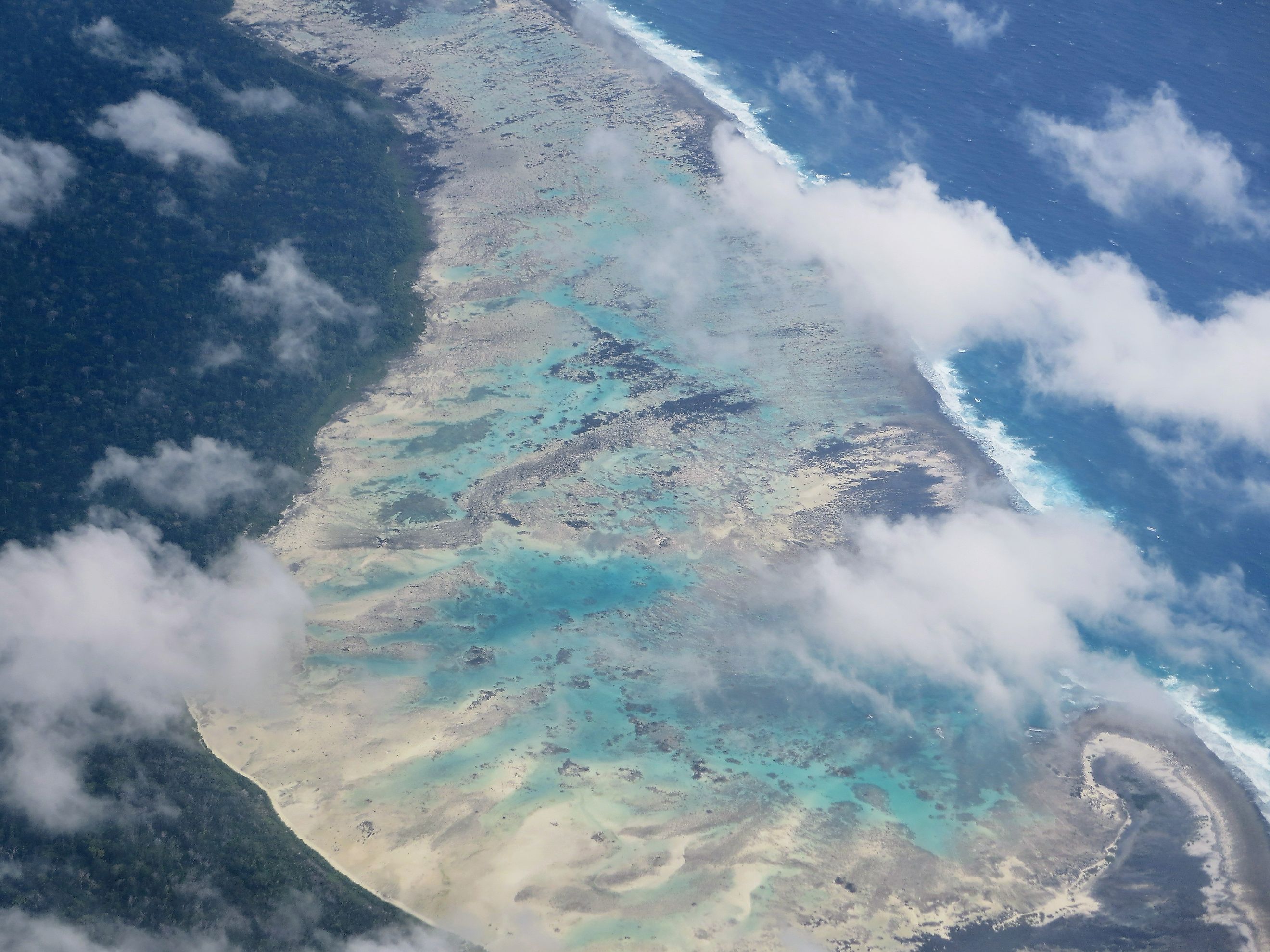
The Most Isolated Tribe on Earth
Hidden away on North Sentinel Island in the Bay of Bengal, the Sentinelese tribe is the most isolated tribe on earth. Today, the Sentinelese People remain one of the world's most enigmatic and isolated. Their home is as impenetrable as their culture, shielded by dense forests and surrounded by treacherous coral reefs. They are hunter-gatherers, live in lean-to huts, fish, and harvest crabs from small handmade canoes, and are highly skilled at using bows and arrows, spears, and knives, as noted by the few unwelcomed visitors who managed to survive a visit to North Sentinel Island.
North Sentinel Island
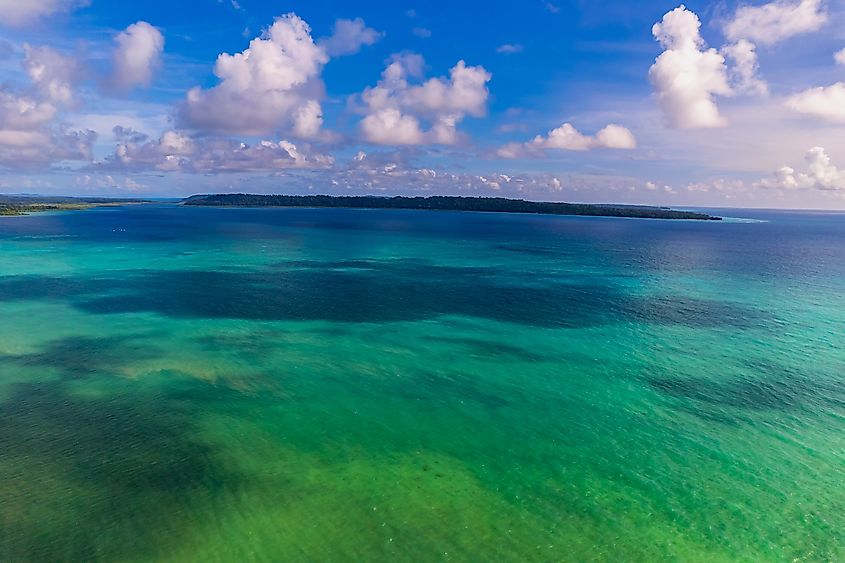
North Sentinel Island is one of the Andaman Islands - an archipelago in the Bay of Bengal - and part of the Indian Union Territory of Andaman and Nicobar Islands. North Sentinel Island is located west of the central cluster of the Andaman Islands. According to the last known census taken by the Indian government in 2011, there may be between 80 and 150 people on North Sentinel Island, but there may also be as many as 500 or as few as 15. The tribe has lived in voluntary isolation for thousands of years, fiercely resisting contact with the outside world despite several notable disastrous attempts.
Attempts at Colonization
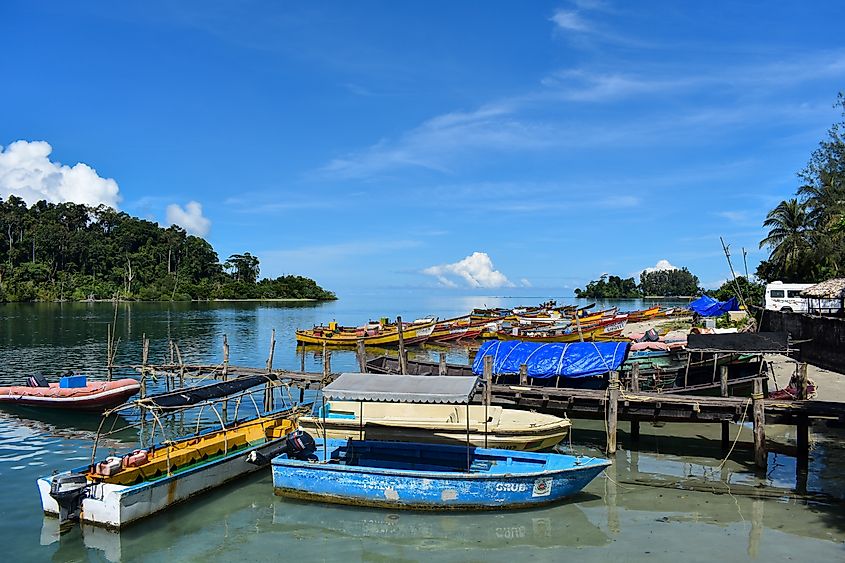
The first recorded interaction by outsiders with the Sentinelese occurred in the mid-to-late nineteenth century when a merchant ship called the Ninevah ran aground on a reef near North Sentinel Island. A tense encounter between the tribe and the shipwrecked survivors ensued, but they were rescued a few days later by the British Royal Navy, who declared the island a colony of Britain.
In 1880, a Royal Navy officer named Maurice Vidal Portman traveled to the islands of Andaman and Nicobar as an officer in charge of the new colony to document their customs, languages, and physical characteristics. However, he is primarily remembered in history for capturing six tribe members - two adults and four children - and bringing them to the colonial capital of Port Blair on South Andaman Island for “study.” The group grew sick, and after the adults died, Portman quickly returned the four remaining children to the island. What happened next is anyone’s guess, as there was no way of knowing what impact the encounter had on the Sentinelese people except to increase their mistrust of foreigners. This incident is often cited as an example of the harmful effects of colonial interference on indigenous populations.
Isolation
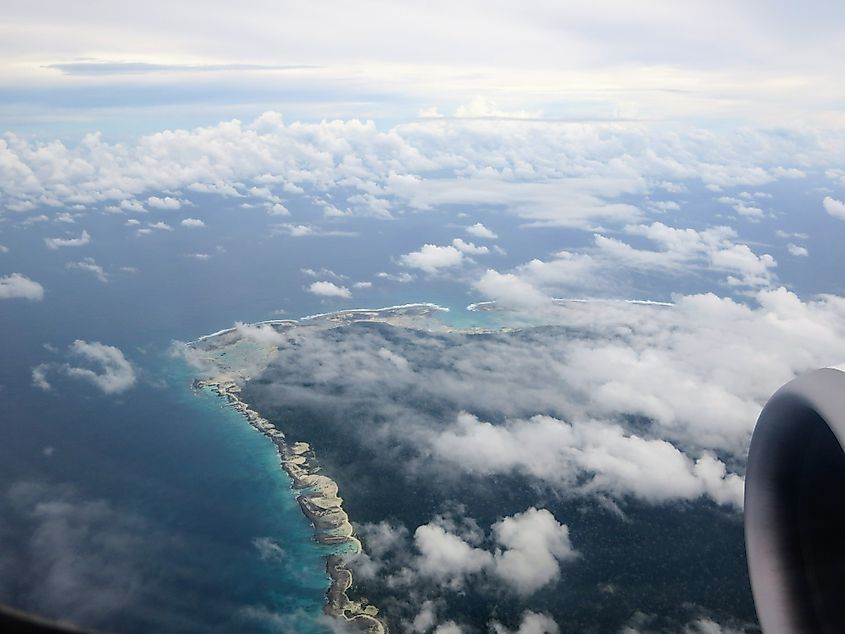
For the next several decades, the islanders were mainly left alone except for a few sporadic visits by fishermen, another shipwrecked crew quickly evacuated by helicopter, and a group of coconut-bearing anthropologists. In 1947, after India gained independence from Britain, the islands became part of the Union of India. For the most part, the Indian government has had minimal contact with the Sentinelese people, respecting their desire for isolation.
Following the disaster caused by the 2004 Indian Ocean Tsunami, the government sent helicopters over North Sentinel Island to check on the welfare of the Indigenous tribe, only to discover them alive and well, bows and arrows at the ready.
John Chau, American Missionary
Of all the attempts to meet and greet the Sentinelese people, perhaps the most well-known and reckless encounter is that of John Chau. John Chau, a 26-year-old American missionary, embarked on a solo journey to North Sentinel Island in 2018 to convert the Sentinelese tribe to Christianity. He knew the tribe's hostility toward outsiders but believed he had a divine mission to bring them the gospel. After several failed attempts and warning shots from the tribe, including an arrow striking his Bible, Chau pressed on. Ultimately, his persistence led to his death when he was shot by arrows on the beach. The journals John kept have since been published into several books and podcasts, and in 2023, his story was made into a National Geographic documentary called “The Mission.”
Legal Protections and International Law
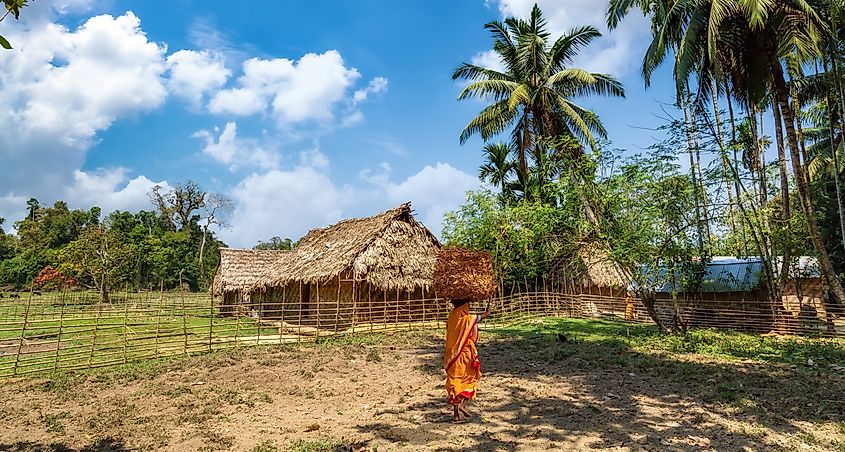
North Sentinel Island is legally protected by India's Andaman and Nicobar Protection of Aboriginal Tribes Regulation (ANPATR), which prohibits any travel within five nautical miles of the island. The Indian government has prioritized the tribe's isolation, enforcing strict laws to prevent contact and protect them from external threats, including disease, to which they have no immunity. International laws, such as the United Nations Declaration on the Rights of Indigenous Peoples (UNDRIP), also support their right to remain undisturbed and live autonomously.
The Shompen Tribe
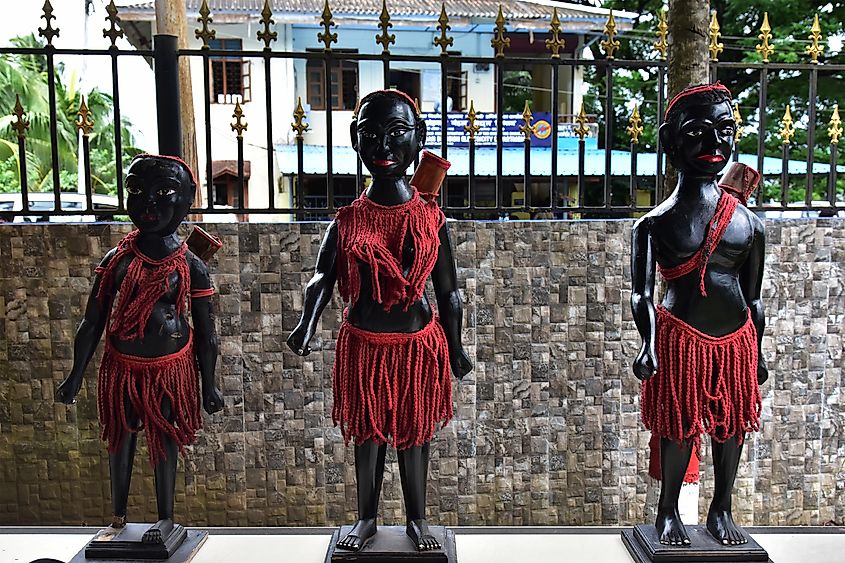
The Sentinelese are related to other Indigenous groups in the Andaman Islands, like the Jarawa, the Onge, the Great Andamanese, and the Shompen, who live on nearby Great Nicobar Island. Like the Sentinelese, the Shompen tribe is one of the most isolated tribes on Earth, but unlike their neighbors, the Shompen remain largely uncontacted, refusing all interactions with outsiders.
At present, there are around 300 members of the tribe alive today but are facing what international genocide experts describe as a death sentence, “tantamount to the international crime of genocide,” with a mega-development plan by the Indian government to transform the island into the “Hong Kong of India.” Called the “Great Nicobar Project,” the government plans to create a mega-port, a city, an international airport, a power station, a defense base, and tourist zones spread over more than 244 square kilometers of land, including 130 square kilometers of rainforest; the government plans to settle some 650,000 people there under the plan, a population the size of Las Vegas.
Summary
The Sentinelese tribe on North Sentinel Island, part of India's Andaman Islands, remains the world’s most isolated tribe, living as hunter-gatherers and fiercely resisting outside contact for thousands of years. Their story, marked by survival and resilience, offers a rare glimpse into a way of life untouched by modern civilization, standing as a stark reminder of human diversity in an interconnected world. Despite various attempts at contact, including tragic events like the death of John Chau, their population remains shrouded in mystery, estimated to be anywhere between 15 and 500 people.











